I’ve long wanted to take part in the Twining’s Tea Tour in Epcot, and I finally got the chance over Memorial Day weekend. This tour seems to pop up during the Flower and Garden Festival in the Spring and during the Food and Wine Festival in the Fall, and takes place several times per day (Friday/Saturday/Sunday while I was there) in the garden of the United Kingdom pavilion in Epcot. If you’re lucky enough to have the time, stop by the UK pavilion, and get your name on the list for the tour time of your choice.
Our guide, a CM from the UK pavilion who’s been “tea-trained,” led us through a shockingly informative and enjoyable tour of the tea (and, mostly, tea-flavoring) plants in the UK garden’s many teacup planters. I mentioned that I’d wanted to take the tour for a couple of years, but I never expected that a no-cost experience could be so well-done. The guide was quite knowledgeable about the history and art of tea-making and answered each question very well (including a few toughies); I left feeling like I’d really learned quite a bit.
Twinings of London
The guide began by tell the group a bit about the exhibit’s sponsor, Twinings of London. The original Store, which can be found on the Strand in London near The City (the eastern financial district of London), was actually a coffee shop bought by Thomas Twining in 1706. Twining was the first to sell the newly-imported tea in his coffee shop, giving him a competitive advantage against the city’s coffeehouses. 40 years later, tea became one of England’s significant exports to the American colonies. Today, Twinings offers 300 varieties of tea and exports around the world.
The Tea
The guide spoke first about the Camellia plant, of which there are two versions: one from China and one from India. This is the plant from which all teas, excepting herbal teas, is made. Whether you’re drining green tea, oolong tea, black tea, or white tea, it all comes from the Camellia plant. So how do you make it different? Leaf picking, oxidization, and infusions:
–Black tea, which is what we western hemisphere residents largely consider “regular tea,” gets its name and dark brown color because it’s been fully oxidized. These teas have a deeper flavor, often described as “burnt caramel.” These teas have the fewest antioxidants, though there is still a larger concentration than in a large serving of carrots.
–Oolong tea, made from leaves that have been only partially-oxidized (usually only the edges of the leaf are oxidized), has a medium flavor that varies between those of black and green tea; it can be made to carry both lighter and bolder flavors depending on leaf treatment.
–Green tea, which is consumed most often in eastern cultures, has been picked early and is steamed or pan-fired to stop oxidation, leaving its green color and lighter flavor.
–White tea is harvested only once per year, as it takes the first bud and top leaf of the plant. These are withered and dried, with no oxidation. These teas have the most antioxidants of all.
Our guide went on to explain how teas are flavored with leaves and blossoms of other plants as well as herbal infusions; Twinings’ 300 tea varieties are the work of master blenders who undergo 5 years of training. He also briefly discussed herbal teas, which are made solely from herbs with no inclusion of the Camellia plants.
And a Few Other Fun Facts
The tour was rounded out with some great tips and facts about tea blending and brewing, including how to make DIY decaffeinated tea; the history behind America’s best-loved tea, Earl Grey; and why Irish Breakfast tea is so much stronger than English Breakfast tea.
All in all, it was a highly enjoyable half-hour. Hopefully you’ll get a chance to stop by the next time you’re in Epcot while the tea tours are offered!

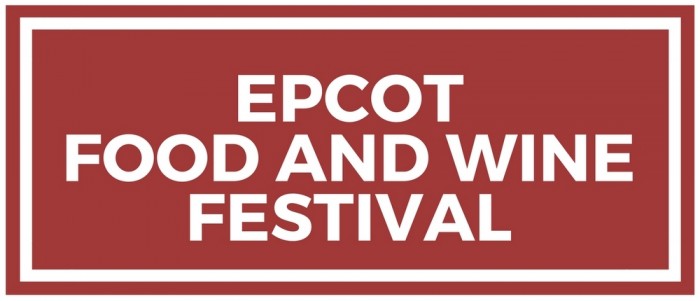
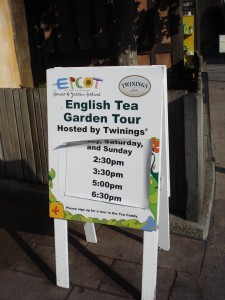
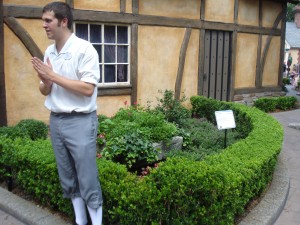
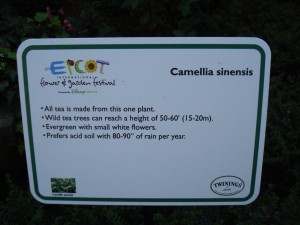
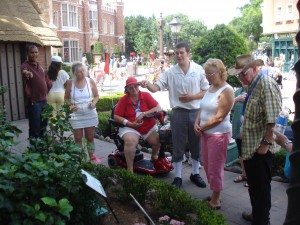
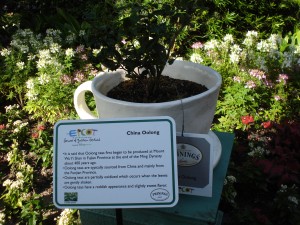
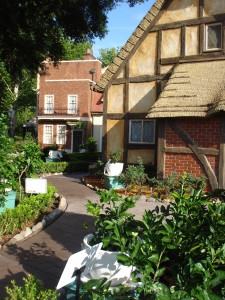
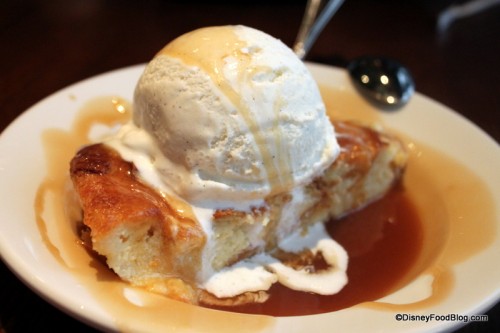
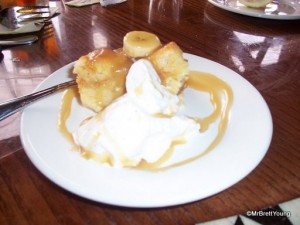
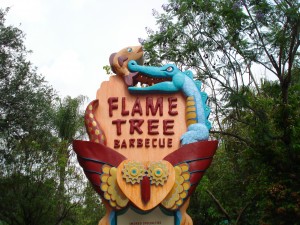
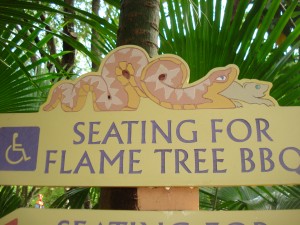
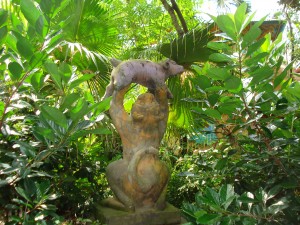
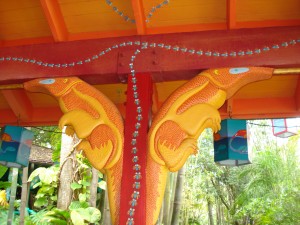
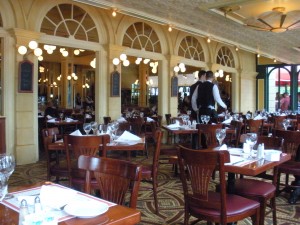
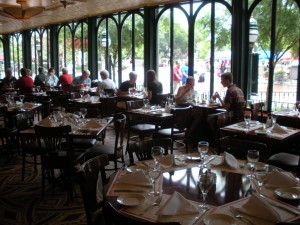
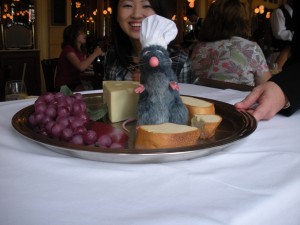
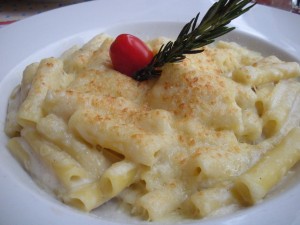
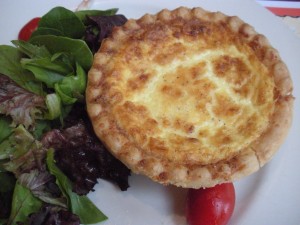
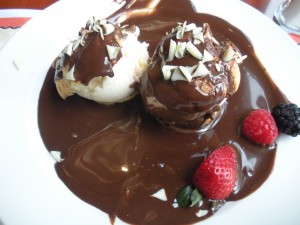
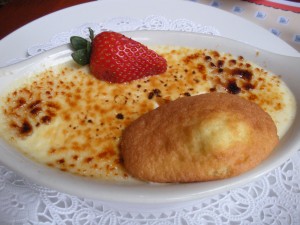
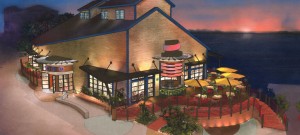

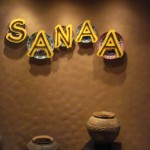
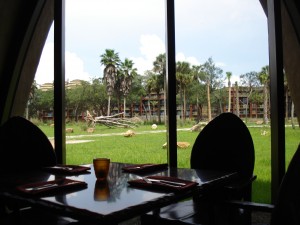
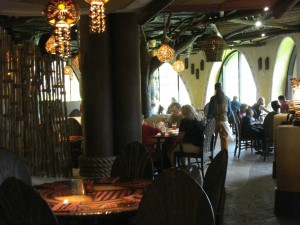
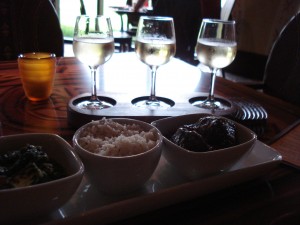
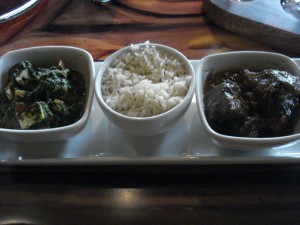

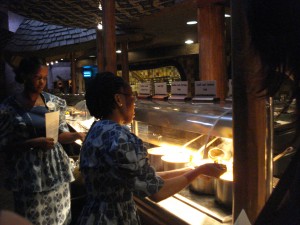
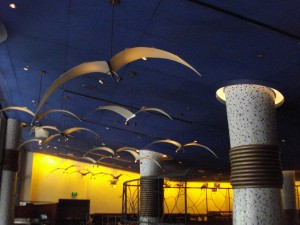
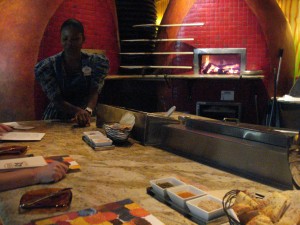
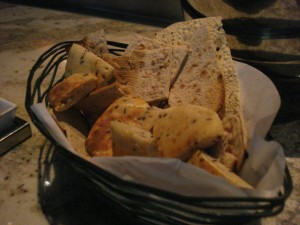
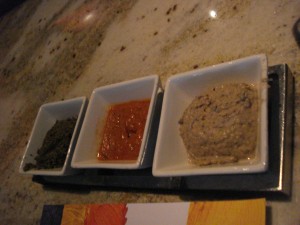
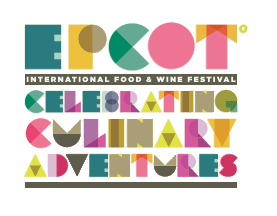
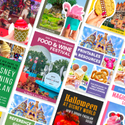 Our handy (and portable!) ebook guides make sure you get the best deals and can plan a vacation of a lifetime.
Our handy (and portable!) ebook guides make sure you get the best deals and can plan a vacation of a lifetime.
